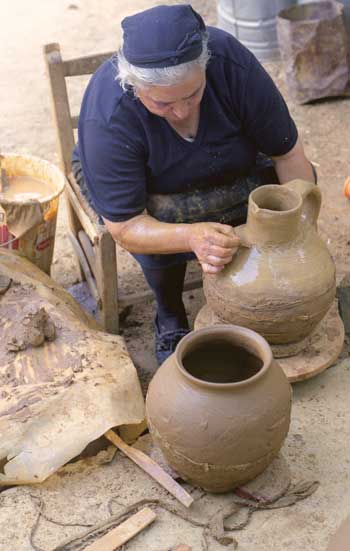Why Milk and Meat Don't Mix
A New Explanation for a Puzzling Kosher Law

I may have found a partial explanation for the basic law of kosher cooking, grounded in the Bible, of rigorously separating all forms of milk from all forms of meat.
I am an ethnoarchaeologist. I concentrate on what I think Biblical archaeology does best: reveal the everyday lives of ordinary people in ancient times. I am especially interested in the relationship between environment, food and diet, and the different work of men and women. For example, winter weather in the Levant, then as now, brought rain, which requires an increase in maintenance and home repairs and a greater reliance on preserved foods. Summer’s fresh succulent grapes became raisins for the winter. The same for dates and other fruits. Soured dairy products, legumes, vegetables and grains that had been preserved during the long, hot, dry summers provided healthy, tasty fare in the winter.
In a variety of ways, archaeological fieldwork addresses diet and cooking. Carbonized seeds, pollen, ancient plant drawings and animal bones help us reconstruct the ancient diet. Archaeologists have noticed that the condition of animal bones suggests that most meat was stewed or boiled, not roasted. This insight into meat-cooking practices is the first piece in the puzzle of kosher law.
A second type of fieldwork, ceramic ethno-archaeology, addresses many different questions about pottery, including how pottery for cooking and food preservation was made and used.
Already a library member? Log in here.
Institution user? Log in with your IP address.

